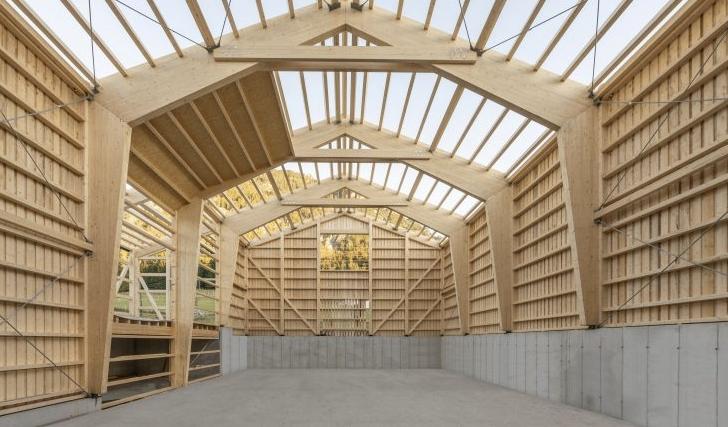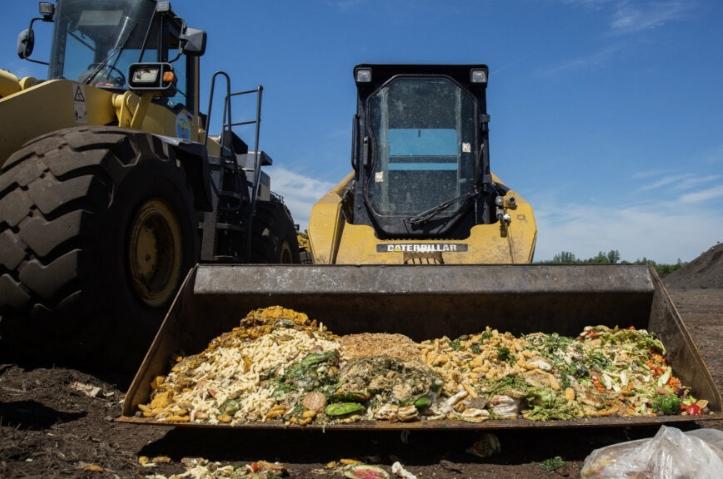As Europe strides towards a climate-neutral economy, a heated debate emerges in the construction sector. Traditional building materials are under scrutiny for their environmental impact, and the question arises: what will be the primary resource for Europe’s future buildings?
The Environmental Footprint of Construction
The construction industry is a cornerstone of the European economy, employing 25 million people and adding €1,158 billion in value annually. However, it’s also a significant environmental burden, accounting for half of the material use and 35% of waste, emitting a third of the EU’s total CO2. These glaring statistics have put the industry squarely in the focus of Brussels policymakers.
In a strategic move, the Commission unveiled its “transition pathway for the construction ecosystem” earlier this year, igniting the sector’s transformation towards digitalization and sustainability. Yet, uncertainty looms over what materials will dominate future European landscapes.
Timber Vs. Concrete: A Climate Debate
Traditional mineral construction products like concrete and cement are feeling the heat. They contribute about 5% to global greenhouse gas emissions, a staggering figure that overshadows even international trade’s shipping backbone. Cement, despite being the world’s second most consumed product after water, is notorious for its climatic toll.
However, can timber be the hero in this narrative? Cities like Amsterdam are already mandating a 20% timber inclusion in new housing projects. EU-funded studies are exploring timber’s potential to significantly mitigate building-related emissions by 2050.
Yet, not everyone is sold on this green narrative. Katharina Blümke, a researcher at the Karlsruhe Institute for Technology, warns:
“Building with wood is one possibility, but it is not the panacea. We can’t just say we’ll build everything in wood, and then we’ll have solved all the problems.”
The Complex Dynamics of Timber and Concrete
A study commissioned by six EU industry associations, including Cerame-Unie and Concrete Europe, echoes Blümke’s caution. While acknowledging the climate mitigation potential of forest products, the study highlighted the “relatively limited” impact and underscored the prerequisites of sustainable forestry and active reforestation for timber to be a genuine climate solution.
Concrete, though often vilified for its environmental impact, is not easily dismissed. Elena Boerman, a fellow researcher with Blümke, emphasized:
“We will never be able to do without concrete, at least as things stand today.”
The cement industry champions the process of carbonation, where concrete absorbs CO2 from the air, as a route to redeem its environmental standing. An industry-supported study highlighted this process as a “large and growing net sink of CO2.”
However, skepticism persists. Robbie Andrew, a senior scientist at the CICERO Center for International Climate Research, pointed out:
“The industry has spent decades trying to reduce it because it generally degrades the concrete.”
A Decision Pending
As Brussels finds itself amidst intense lobbying, the decision on the future staple material for construction seems elusive. With traditional and organic building materials each having their advocates and critics, Europe’s path to a sustainable, climate-neutral construction sector is a complex puzzle.
The balance between economic prosperity, employment, and environmental sustainability remains delicate. The choice of material will not just shape the buildings of tomorrow but will also determine the EU’s environmental footprint for decades to come. In this intricate dance between timber and concrete, the final curtain is yet to be drawn.



